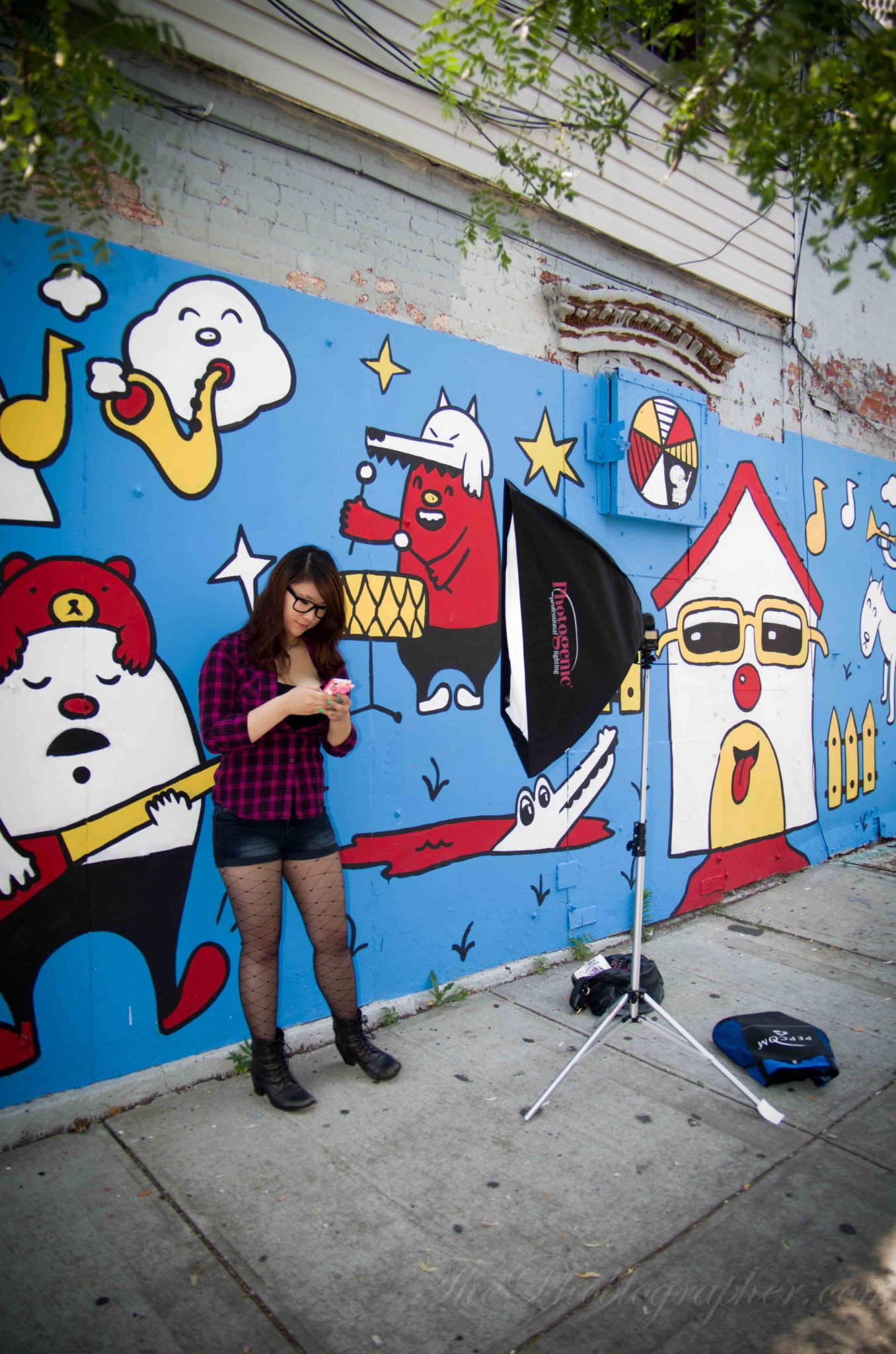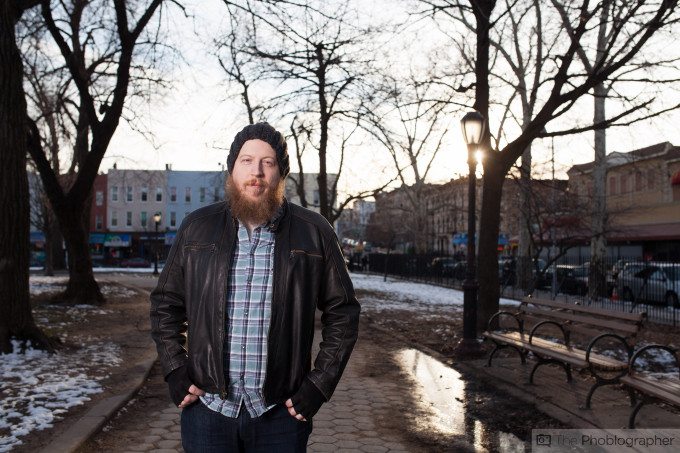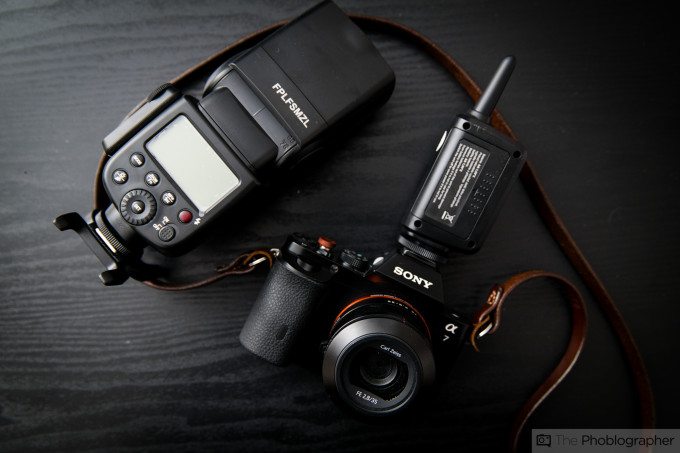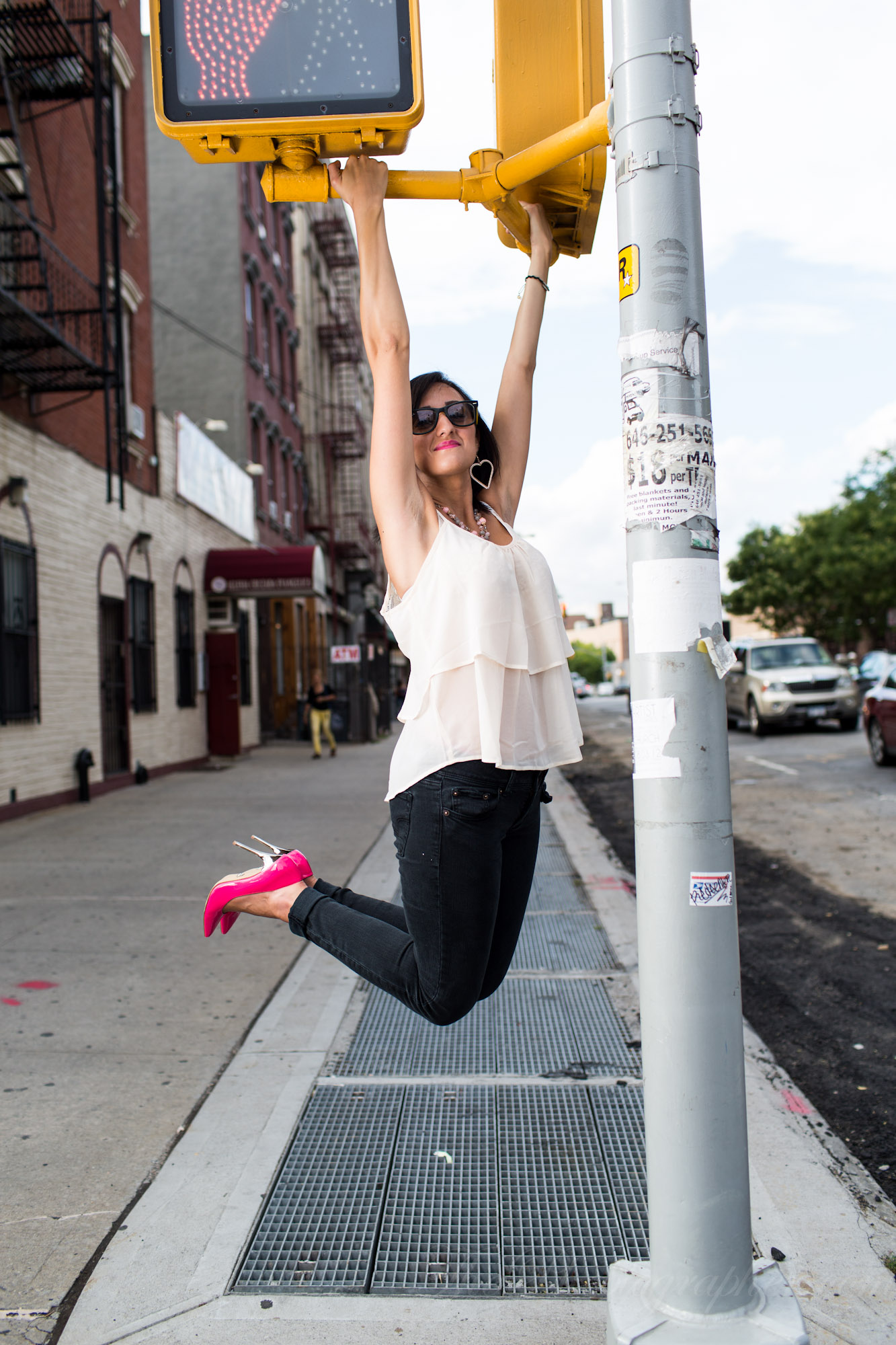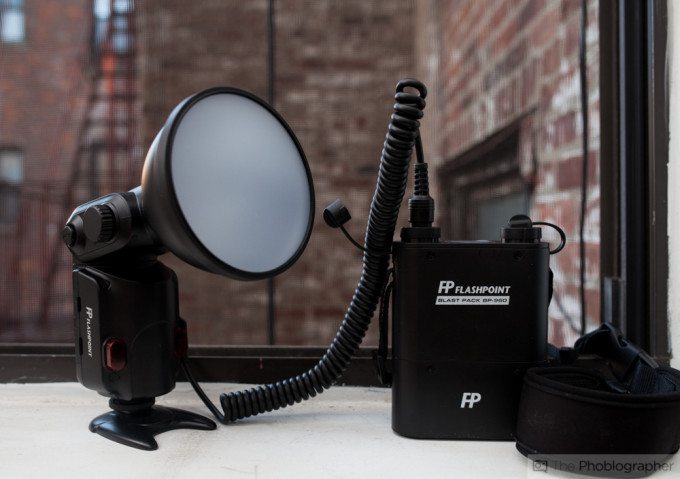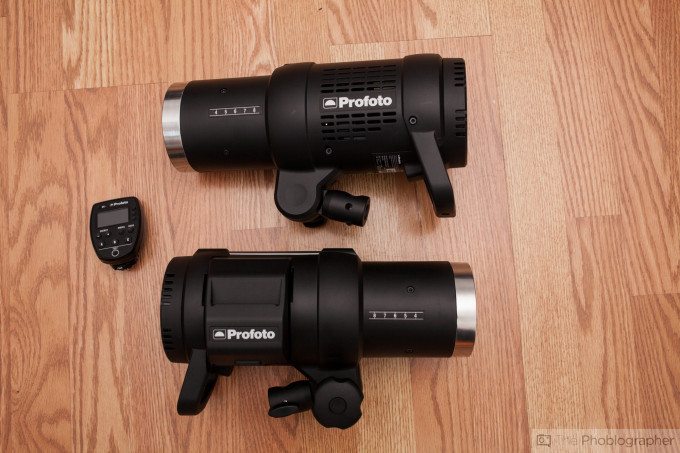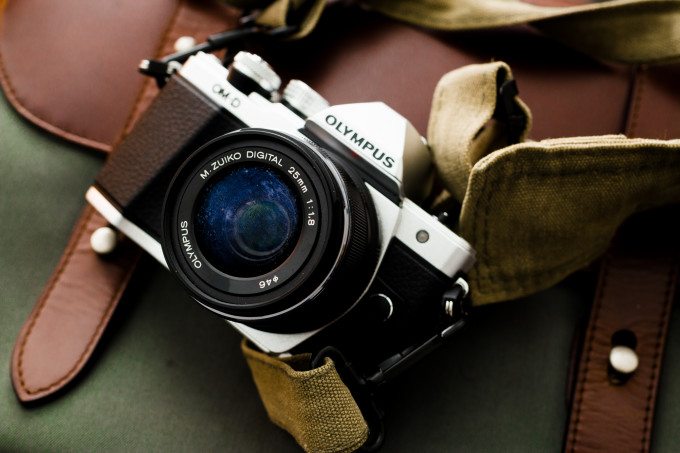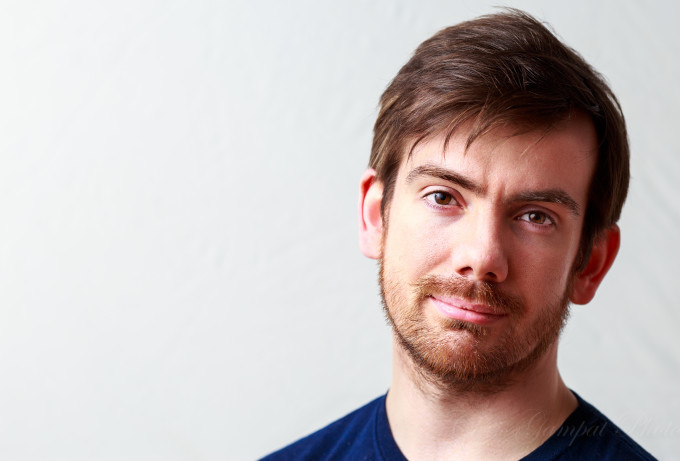Last Updated on 01/12/2016 by Chris Gampat
A question came in from Twitter about the differences between strobes and hot shoe flashes. To be honest, there are huge differences though in the past couple of years the gap has been becoming steadily more and more closed. But there are a fair amount of differences in what a hot shoe flash can do for you and what a strobe can.
Though this won’t cover everything, it’s going to try to help many of you the best it can.
Measurements of Power
For many, many years, hot shoe flashes were always used traditionally in the hot shoe. It’s only been a couple of years now where hot shoe flashes have been used off-camera often. For that reason, hot shoe flashes usually adhere to one format called the Guide Number–which tells you how effective it will be at a specific distance, ISO and aperture. Flashes these days still use it. The greater the number, the more powerful it is.
On the other hand, strobes and monolights use another measurement of power: watt seconds. This more or less tells you how much power it can output at a time. Again, the higher the number, the more powerful it is.
These days, I think that the entire industry needs to come up with one set of guidelines, follow it, and stick to it. There is no reason to confuse customers moving up from flashes to strobes and folks these days are often interested in both.
Flash Duration and High Speed Sync
Two of the other very big differences that flashes and strobes have has to do with how quickly the flash goes on and comes off. What this can do is change many variables of the image.
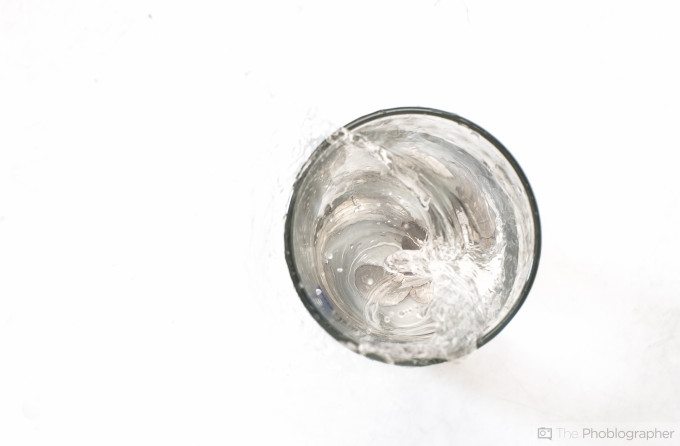
Photographers know that the longer the shutter speed is, the more exaggerated the motion you can capture will be. But in the image above, which was shot at 3 seconds, I was able to capture a split second moment using the Trigger Trap Flash adapter. By using the Einstein E640 monolight, I was able to stop the motion because of flash duration. The light is capable of a 1/9,000 flash duration–which means the flash happens very quickly. When that flash plays with the scene, it takes over the look of the final exposure to a certain point and can stop fast moving motion in the scene.
Generally, only monolights and strobes are powerful enough to do this. One of the reasons for this has to do with a larger battery source, which we will get to later on.
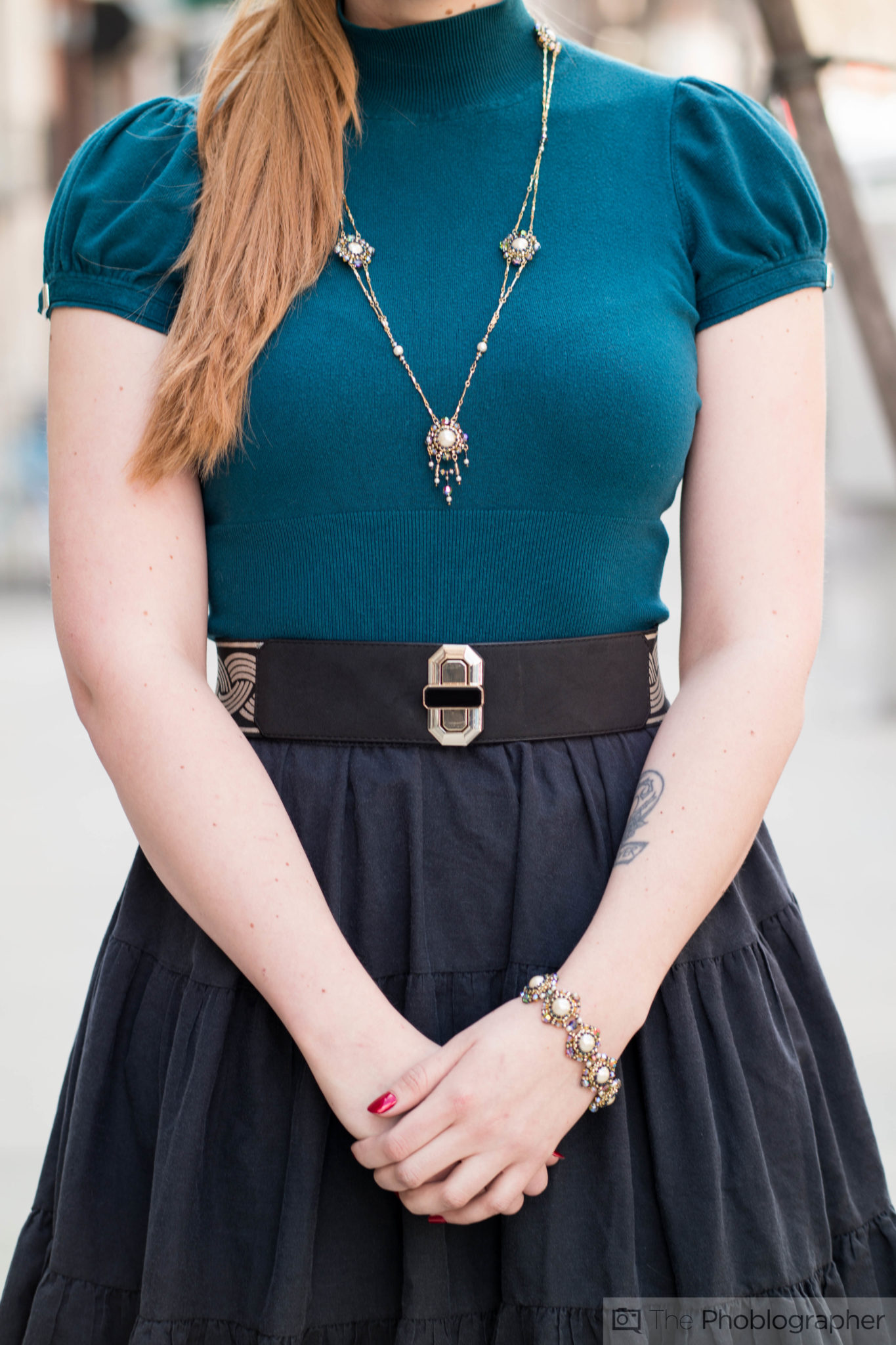
Beyond stopping fast moving motion, a quicker flash duration can also sometimes darken the scene if used correctly. With that said, you can shoot during brighter times when you normally wouldn’t be able to while using a flash.
Then there is high speed sync: which lets you do something much crazier.
Every camera has what’s called a flash sync: which means the fastest shutter speed that it can sync with a flash. With some it’s 1/125, and with others it’s 1/320th. The faster your shutter speed, the more ambient lighting you can kill in the scene. With high speed sync, you can overpower those shutter speeds and sometimes shoot as fast as 1/8,000th. Typically, this can only be done with flashes that offer some sort of TTL configuration. High speed sync works by making the flash fire off in a quick series of bursts so fast that the human eye can’t catch it. What ends up happening is the battery gets drained faster.
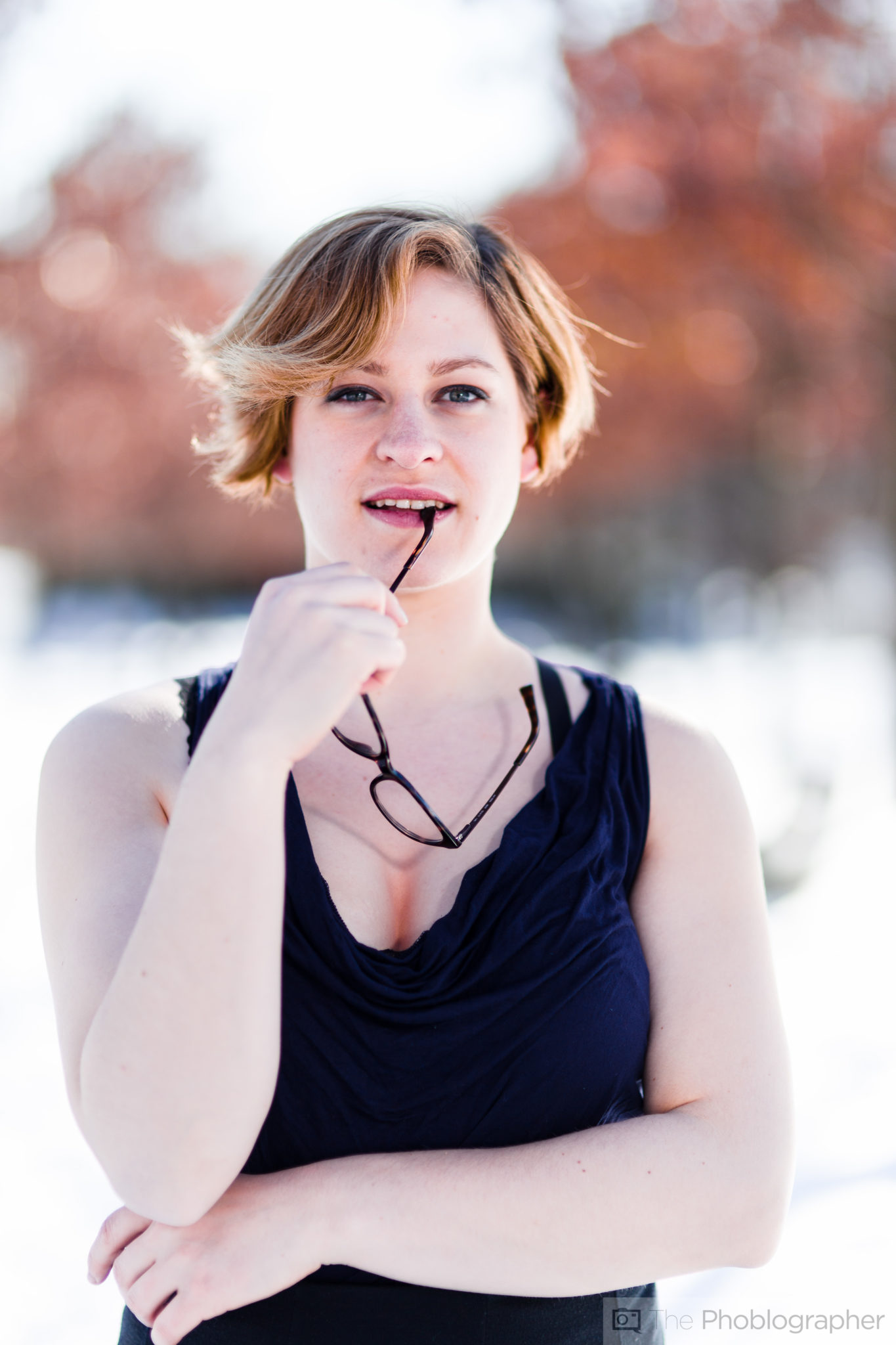
So why would you specifically want to do HSS? Aperture control is one big reason. If you want to shoot with your lens wide open with a flash but want to kill more ambient light in the scene, that can be tough to do unless you’ve got a really, really insanely powerful light with a super fast flash duration. Even then, you may not be able to shoot at f1.4 in bright daylight and somehow kill more ambient lighting.
The best and most reliable way is with high speed sync; though sometimes using an ND filter can also help if you’re ready to do some math.
Power Sources
Most hot shoe flashes use AA batteries or their own battery pack. However, these packs are smaller and let a photographer shoot with relative portability. The larger your battery is, the more juice you can get out of it. How long that lasts varies depending on how much power you’re using from the flash or strobe.
Monolights and strobes often have larger batteries if they haven’t been integrated into the design. These require some sort of battery pack for you to lug around and sometimes the battery pack even controls the output while the strobes simply act as heads.
Which is Right For You?
To be 100,000% completely honest here, most work these days can be done with hot shoe flashes by cranking up your ISO to 1600 or somewhere similar because ISO 1600 and above is just so clean. But if you need to often stop your lens down a whole lot or need a lot of power at a lower ISO, then strobes/monolights are generally the way to go. Additionally, Strobes and monolights give more balance when working with light modifiers like umbrellas, softboxes and more.
Most of the product photos these days on Phoblographer are done with a single hot shoe flash placed up against a window–and therefore being off-camera. This helps to accentuate the natural light already in the scene. Generally–it works really well. No one ever complains about the quality of the product photos here.
When doing portraits and I believe I’ll need more reliable power and the ability to increase/decrease it in 1/10th increments, I go for the Einstein E640 because no hot shoe flash can do that.
It’s very worth it for you to go through the Phoblographer’s index of lighting related product reviews to figure out which one is best for you.


